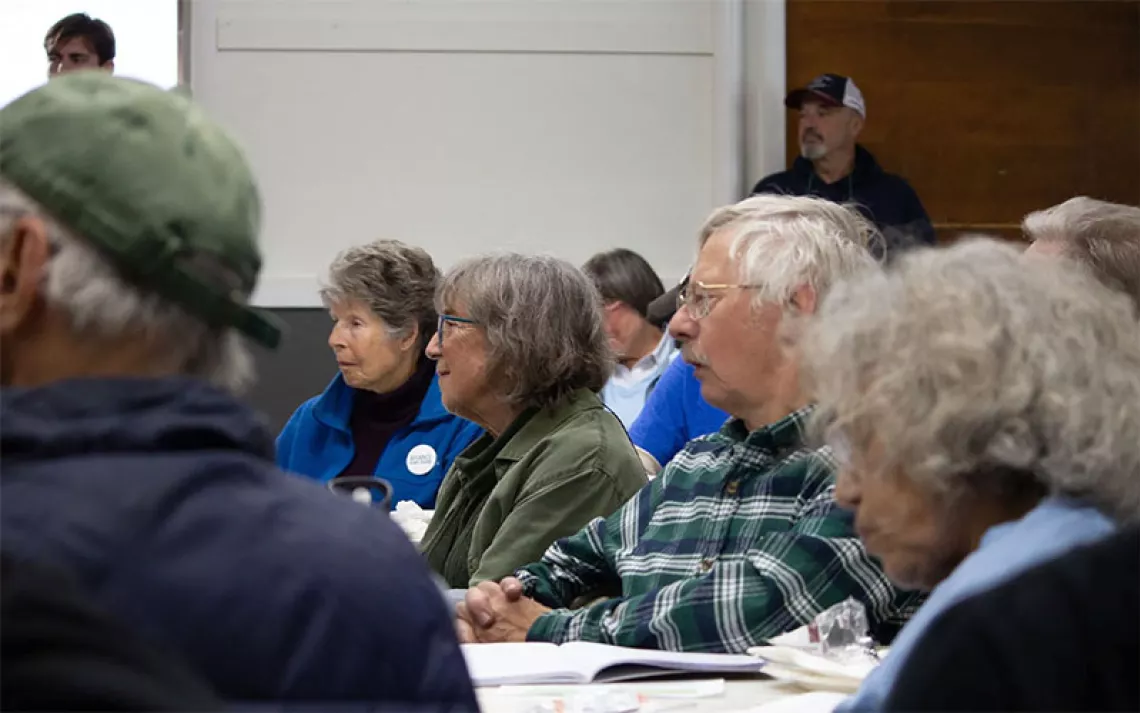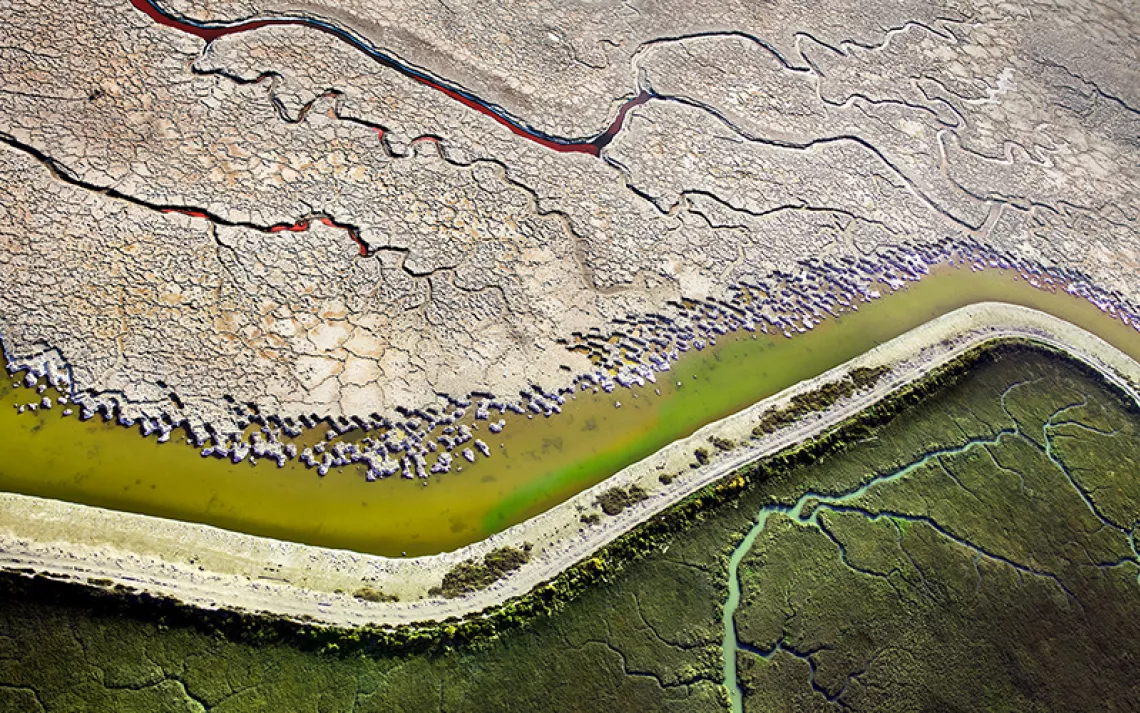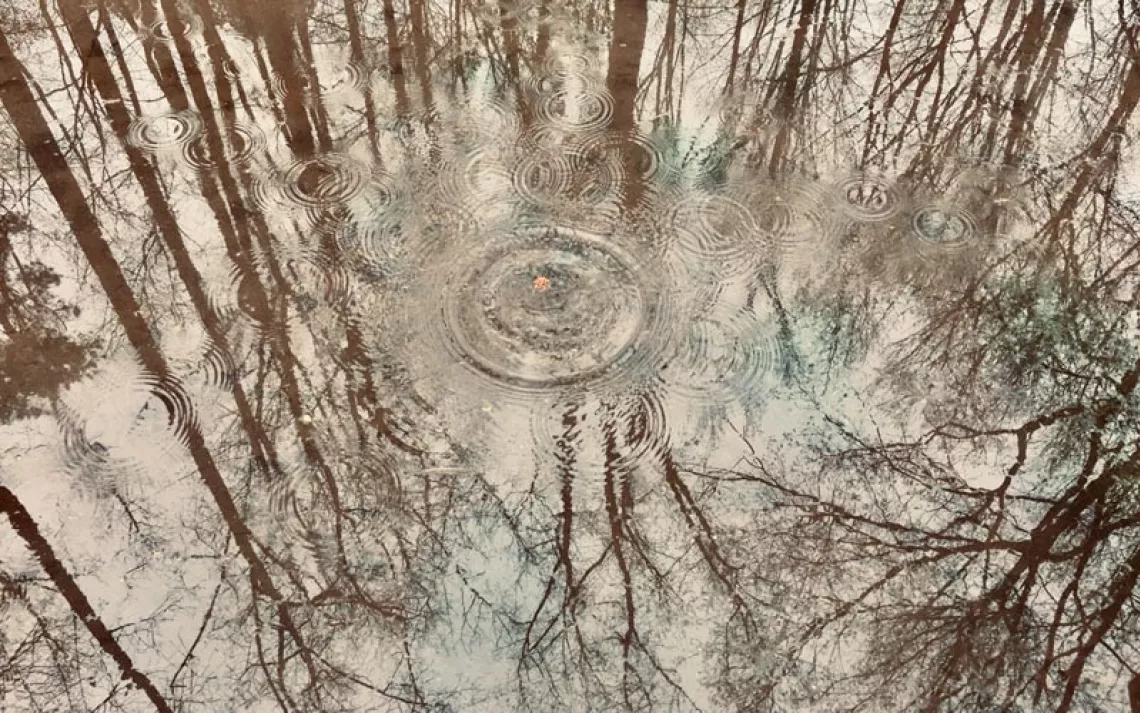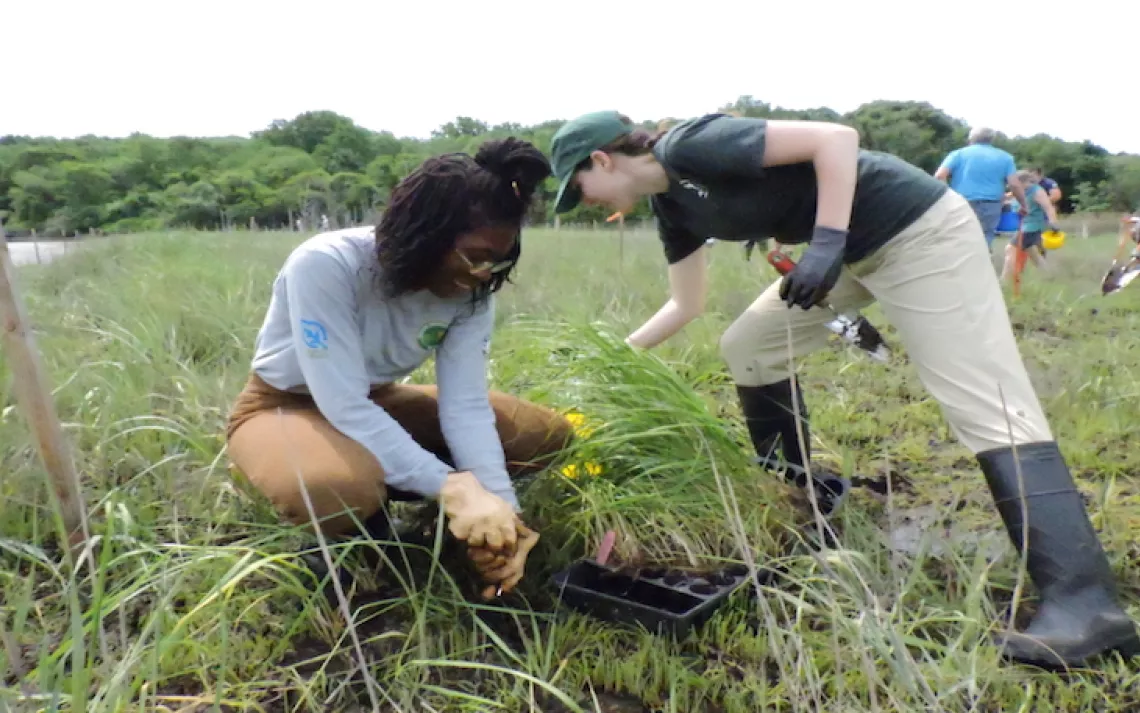Some Enchanted Swamp Walk
Knee deep in a Florida swamp saved by the Nixon administration
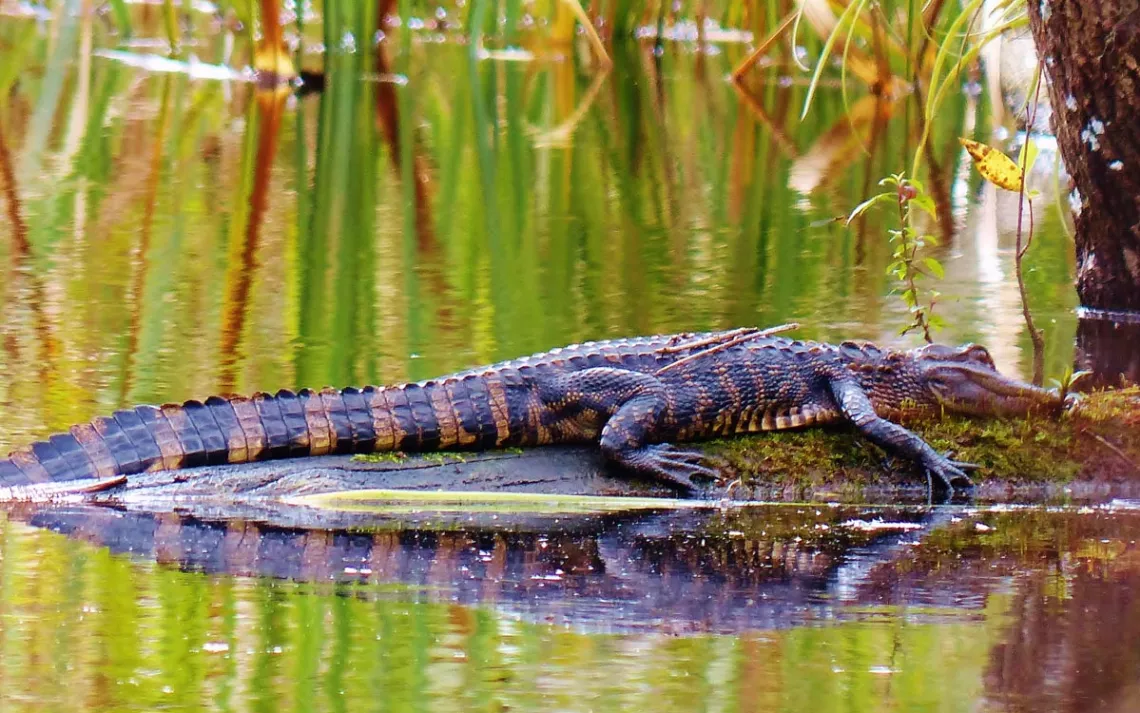
Photos courtesy of Patrick Higgins
On a warm fall morning, I pulled off the two-lane stretch of highway that connects Naples and Miami and entered Fakahatchee Strand Preserve, Florida’s largest state park, parking beside Six-Pipe Slough, named for the six culvert pipes that run beneath the road. I climbed out and stood looking down into the water, tinted the color of weak tea by the tannins of fallen leaves. The preserve has many walking trails on its 85,000 acres. But on this particular day, I was interested in something a little wetter.
One of the best parts of the Fakahatchee is its wet walks—where guides take visitors wading deep into the strand, through wetlands thick with cypress domes, resurrection ferns, bromeliads, wild orchids, indigo snakes, and red-shouldered hawks. Also water moccasins and alligators, but those last two tend to be sluggish in the cooler winter months.

The wet walks are only offered from November through April—anything before that, I’m told, is too dangerous. Snakes are more active during the hot summer months, and alligators, which nest during the summer season, can be aggressive. Plus, summer rains mean higher waters and a greater threat of falls from submerged hazards. Visitors can take their own wet walks without a guide, but it’s not recommended. The abundant life that fills the swamp is disorienting, and it’s easy to get lost.
The Friends of Fakahatchee, a nonprofit group that runs the wet walks, sent me out with Patrick Higgins, who handed me a waiver before we set off. Besides the two of us, there was not another person in sight.
“Make sure you sign it so that if you get eaten they can’t sue me,” Higgins said in his dry British accent.
“That’s presuming you don’t get eaten too,” I said.
He shook his head and smiled. “I only like going out with someone a little slower than me.”
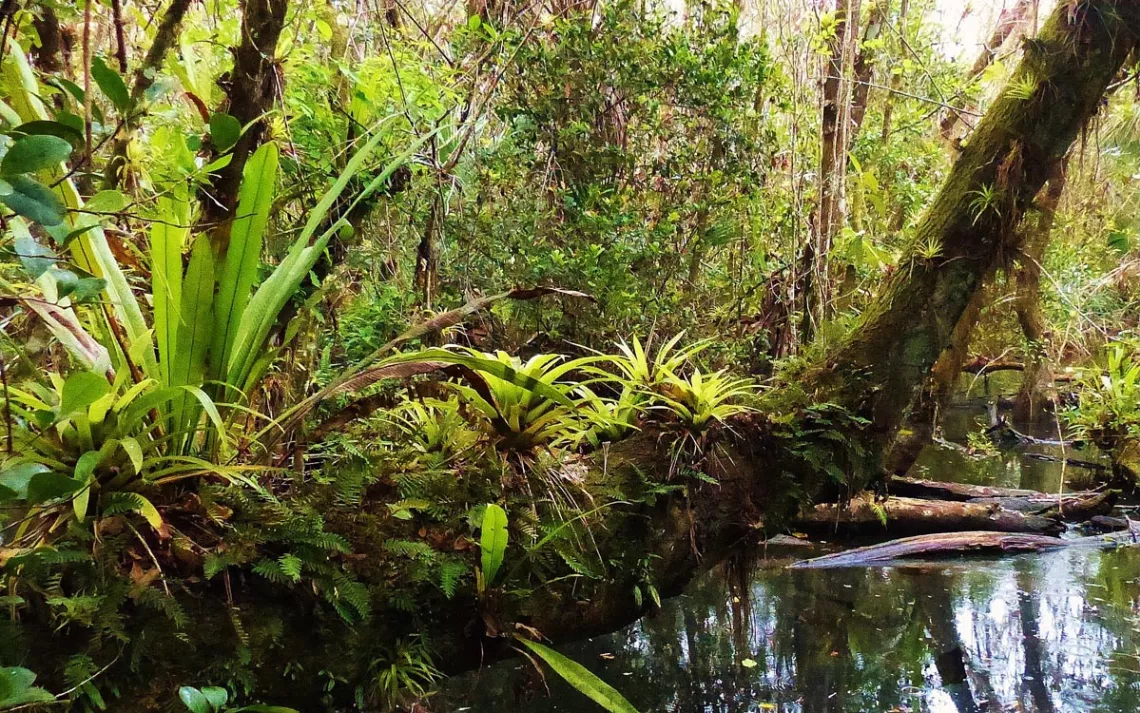
The sun was hot on my neck as we eased down the bank and stepped into the cool water of the slough. I had dressed for the walk in old clothes and tennis shoes, which most visitors do, rather than worrying about special gear. The summer’s rainy months had passed, but the water was still above my knees and hip-deep in places.

Sign up to receive Sierra News & Views
Get articles like this one sent directly to your inbox weekly.
With this action you affirm you want to receive Sierra Club communications and may vote on policy designated by the Sierra Club Board.
Clumps of pickerelweed grew beside the bank, and narrow-snouted gar, a prehistoric-looking fish as long as my arm, splashed in a deep basin to my left where, Higgins said, alligators are known to rest. I peered cautiously but saw only a banded water snake, its head just above the surface. After a few seconds, it dipped down, the creamy bands along its body swirling.
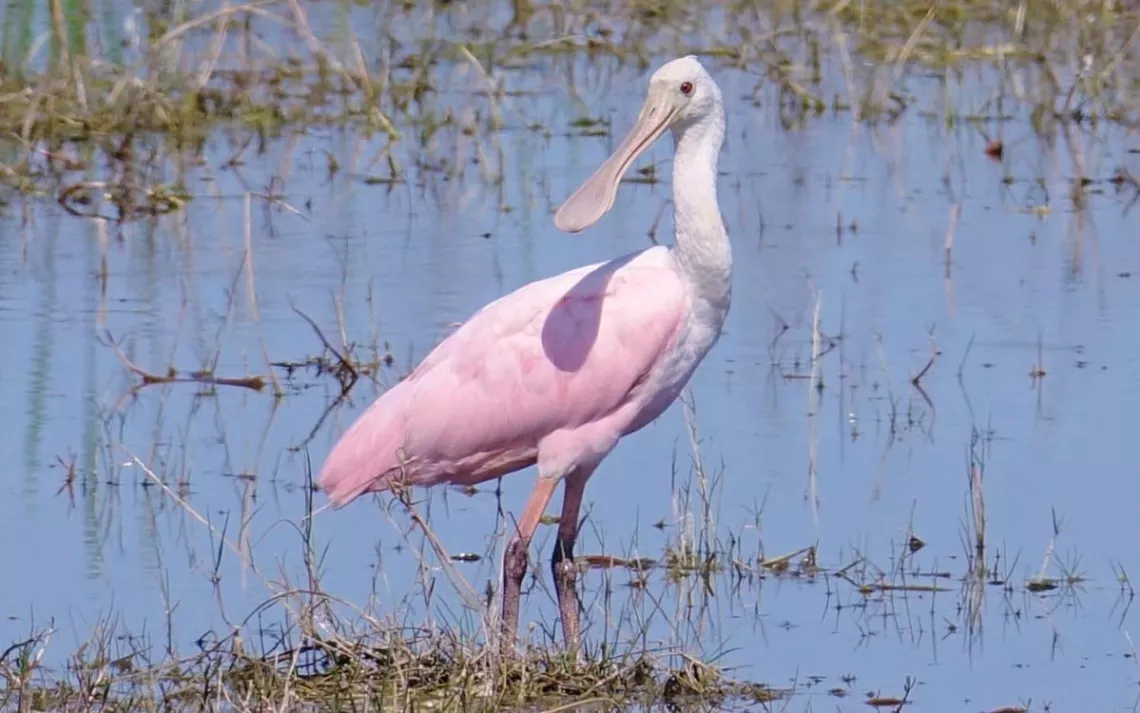
Life in the Fakahatchee wasn’t always this vibrant. In the early 1900s, plume hunters pillaged the wetlands, slaughtering herons, egrets, and spoonbills for feathers worth their weight in gold. The Great Depression and a series of hurricanes spared the area from clearcutting, but as World War II ramped up, cypress wood—which is resistant to termites, rot, and water—suddenly was in high demand. Logging crews came back to the swamps of the Fakahatchee armed with double-handled handsaws, and tree by tree they stripped the swamps of old-growth cypress. As I moved through the water, the stump of one loomed in front of me, wider than I am tall.
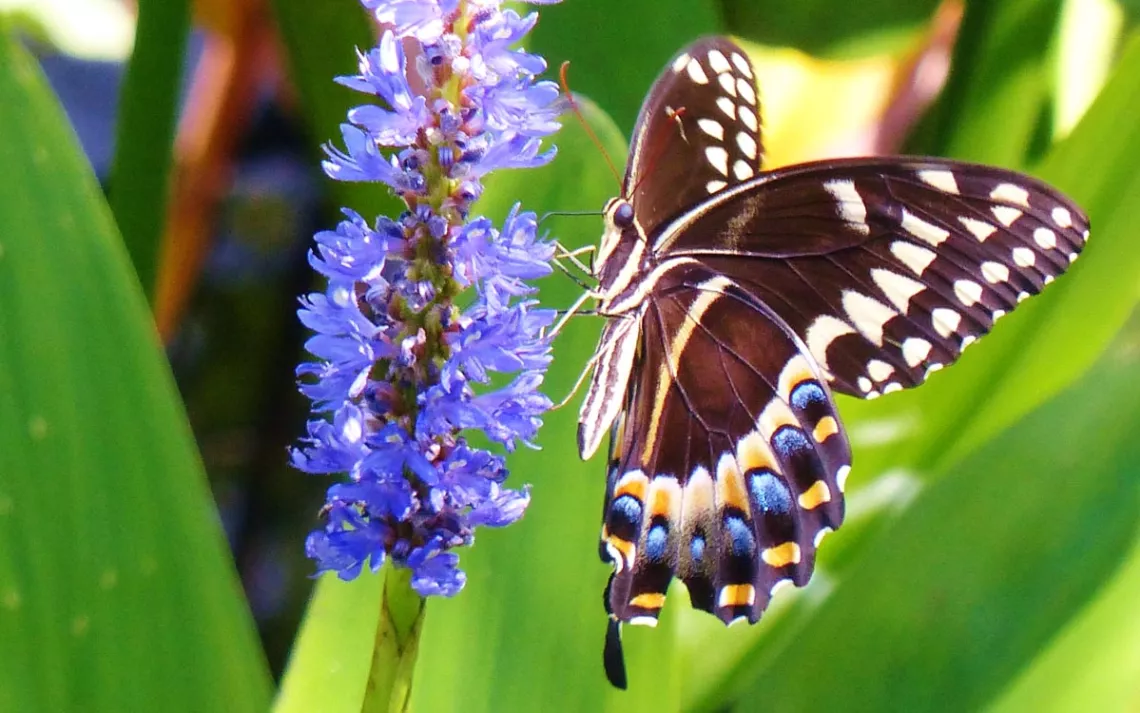
In the early 1960s, this area, like much of South Florida, was slated for development. On maps spread across tables in planning offices, wetlands that had existed for more than 5,000 years were carved into acre and a quarter lots for tract homes, destined for a beige ranch-style sameness. But before the first foundations could be poured, conservationists called for the preservation of the Fakahatchee lands. In a rare victory for the Florida environment, the Nixon administration intervened, and the area became the Fakahatchee Strand Preserve in 1974. I like to imagine those land planners pounding the drafting tables in frustration. All that buildable turf, gone to waste.
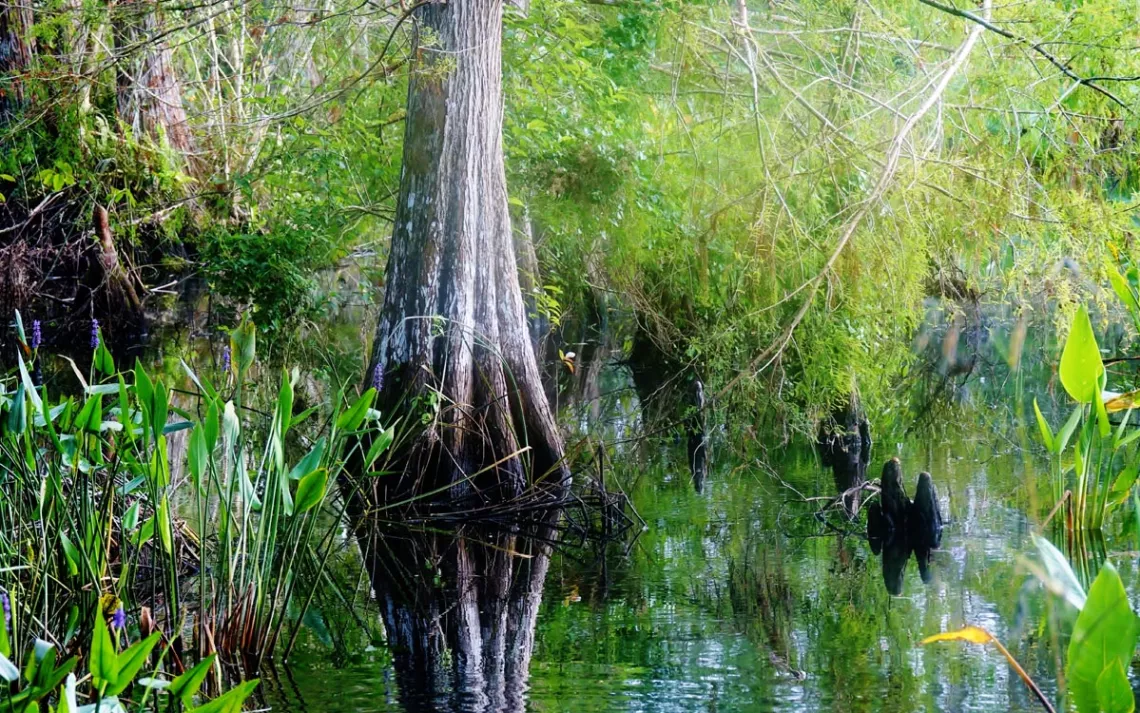
I pushed through the slough’s water, and the path back to the road quickly filled in with the narrow trunks of young cypress trees. Higgins walked ahead of me, pointing out different species of ferns, and when I stopped to write in my notepad, I looked up to find that he’d disappeared. I called his name, and he answered from my left. “Follow my voice,” he said, and I walked toward it. A grasshopper perched on a cypress knee stuck above the surface of the water. The knee was orange—a sign of new growth. The gently moving flow of a linear swamp is nothing like the stagnant bogs of the imagination. Here air smells of cypress, and the water flows clear and clean through the Everglades and out into the Ten Thousand Islands.
South Florida’s wetlands are still in danger—from rising sea levels, from invasive species, from upstream, where water is diverted into reservoirs. But the Comprehensive Everglades Restoration Project, a $10 billion plan approved by Congress in 2000, has to restore the regular flow of water through South Florida’s wetlands while preserving drinking water for residents of the area. Though the project has been battered by political maneuvering, it has kept the water flowing.
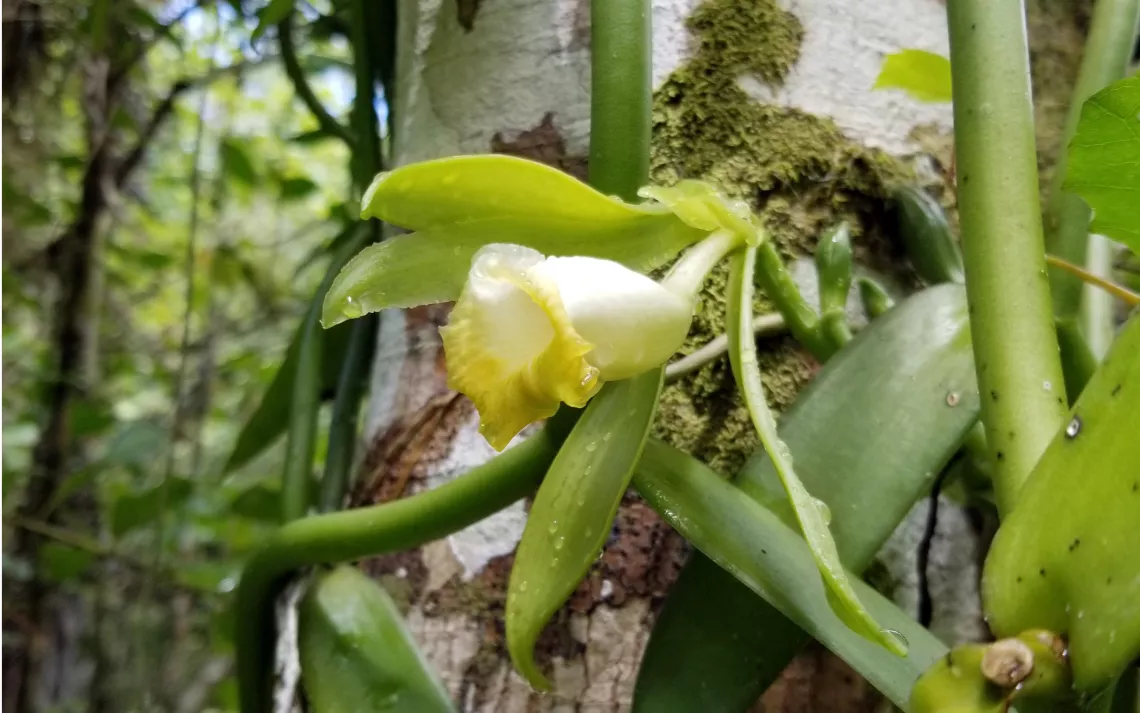
A zebra longwing flitted between the trunks. I followed it with my eyes and noticed an old cabbage palm leaned at an angle, covered with resurrection ferns. Sunlight sifted down through the fronds and dappled the slow-moving water. I was struck by the sheer enormity of the life that surrounded me, a seemingly endless repetition of orchids, bromeliads, cypress trees, swamp ferns, pop ash, and pond apple in a place that had once been slated for asphalt and concrete. Despite all the forces arrayed against it, the Fakahatchee had survived.
Follow in the Writer’s Footsteps
WHERE Six-Pipe Slough, Fakahatchee Strand Preserve
GETTING THERE Accessing the swamp is simple—the main driving road cuts through it—and within the swamp the deeper cuts of the sloughs make for the easiest wading. The park has three popular sloughs for wet walks, Six-Pipe Slough, Vanilla Slough, and Mink Slough, and these are all accessible from the main road. The sloughs have no definite path.
WHEN TO VISIT Friends of Fakahatchee offers guided wet walks from November through April, at $80 per person. To register for a walk led by them, or one of the commercial tour operators that also take groups into the swamp, visit the Friends website: orchidswamp.org. Visitors should book two to three weeks in advance.
CAMPING Nearby Collier-Seminole State Park has 105 campsites that can accommodate hammocks, tents, pop-ups, and motorhomes. Big Cypress National Preserve, under a half-hour drive, has multiple campgrounds.
PRO TIP Wear outdoor gear and lace-up shoes that can get wet, and bring a set of dry clothes to change into afterward. Bathrooms are available at the park entrance. For lunch, Everglades City is a 10-minute drive south, and its diners specialize in Florida cuisine.
FURTHER READING Susan Orlean’s The Orchid Thief. Orlean’s quest to find the rare ghost orchid takes her deep into the Fakahatchee.
 The Magazine of The Sierra Club
The Magazine of The Sierra Club
